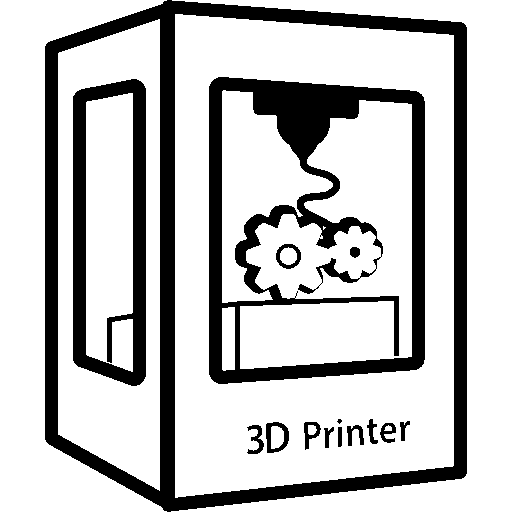I have another one if neccessary, but I think the screw shafts on it are clogged with plastic, so it might take some work as well.
If you can connect it back and heat it up to regular printing temperatures, you should be able to do a so-called “cold pull” that should fix it.
I tried this, but the filament doesn’t seem to fuse or connect very much; I also tried with this thing

and I also didn’t seem to be able to push it into the hotend through the extruder.
Thanks, I’ll try this.
put them on a sheet of aluminum foil and put them on a cookie tray in your oven. set the oven to 450 degrees and bake it for a half hour plus. everything should melt out of it. you could even suspend it with a rolled up piece of foil under it. depending on the wires your thermistor may suffer but the heating element should be fine. tho, your thermistor probably will be okay too as it looks like it has silicone covering the wire.
This sounds potentially dangerous
I don’t know. I’ve use this method several times and I’ve never had a problem. I probably should have specified that I’m in the states so 450° f versus 200 or 210° c that your printer runs at isn’t a huge difference. Sure. You run the risk of some fumes, but your printer is already belting the plastic. In that temperature. You need to go a lot hotter than 400° in order to set it on fire. It’s a lot safer than using a blowtorch
Ok that makes more sense. Sometimes I forget that Fahrenheit exists lol
I use a heat gun to get the filament just soft enough , then use tweezers to pull off big chunks. A vice helps here, you can clamp the heat block while you’re heating, then use pliers or a wrench to unscrew the heatbreak and the nozzle. Once the parts are separated, you can drop the parts in a glass jar of acetone, and that will break down the filament so you can get the rest off with a brass wire brush. Just don’t dunk the thermal sensor or heater element in the acetone. The metal parts will be fine, but the insulation on the wires could be damaged depending on composition. I’ve saved and rebuilt several hotends this way - it’s great to not have to be ordering hotend parts all the time. 😁
I don’t think I have acetone, but if I try other things and they don’t work then I’ll try this.
It’s readily available as regular old nail polish remover
What type of filament? Acetone doesn’t do much to things like pla or petg, stuff that works aren’t things you generally want around the house, industrial solvents and stuff. The jar of acetone can soften it up some but you’ll need to soak for some time, I’ve used MEK too, but that’s in the “don’t keep that at home” category, it’s really flammable and should use ppe (I mean should use ppe for a lot of the stuff we use, 99% IPA is harsh on your skin, I use nitriles because it irritates my hands something fierce.)
Cold pull as others recommended, nozzles are consumables, def should keep some around. Cleaning filament works pretty well in my experience if you have a partial clog.
I’ve been there though, first block I didn’t use a sock and the set screws got encased in degraded petg, I ended up scrapping it and putting it on the shelf as a learning moment, def recommend a sock if you don’t have, it’s saved me a lot of grief.
Yep, I do have a sock, but one time the filament ended up just building up inside the sock, so it hasn’t been too helpful lol
Mmmm, yeah that sucks, that first block I mentioned was an older style that wasn’t fixed in place and I must have twisted it accidentally after a nozzle change, super slow leak just enveloped the thing, didn’t help there either!
@Interstellar_1 Bambu has documented a procedure that works flawlessly when I’ve used it. Don’t know if it can apply to your hotend or not. Look for “hot hex wrench unclogging method” on this page. https://wiki.bambulab.com/en/x1/troubleshooting/nozzle-clog
Thanks, after inspecting the clog this seems like the ideal thing to try. I also think I might know how this happened now too, the filament dryer might have heated the room to a temperature where heat creep was easier.
My old i3 clone came with a 1mm steel rod I use in these situations. Leave the extruder on your printer, cut the filament off, heat up the extruder to a normal printing temp, and push the gunk through the nozzle. If you have a cold side clog you’re probably going to have to add heat from something like a heat gun.
I’ve used the torch and cold pull methods successfully, but have had great luck with a cheap set of acupuncture needles from Amazon. I would pre-heat on the printer and just poke the needle in there a bit and feed filament through.
Blowtorch, just be careful of the wires and try to get the thermistor and heater out first.



